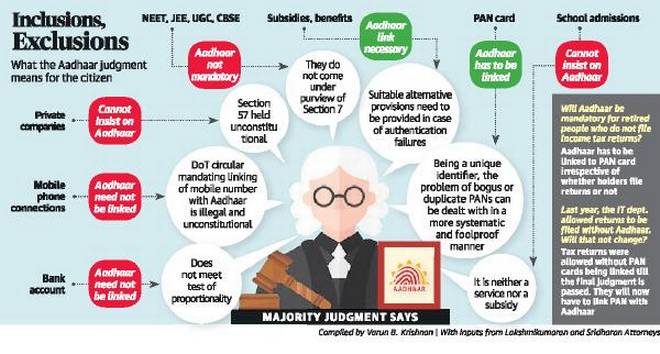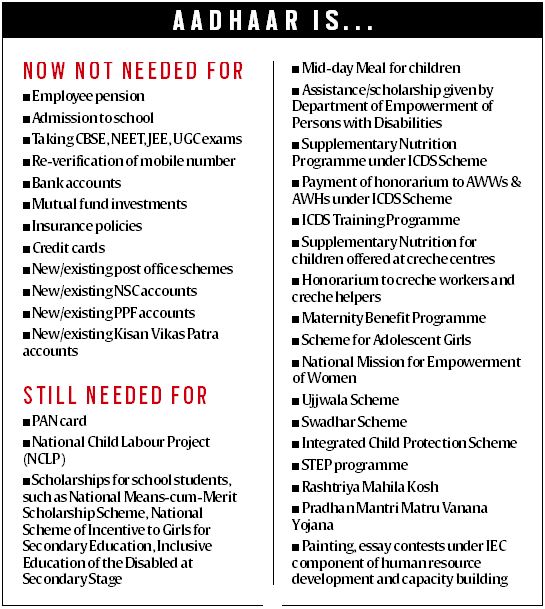7667766266
enquiry@shankarias.in
Why in news?
What are the highlights of the majority verdict?


What are the highlights of the minority judgment?
Click here for Part II
Source: The Indian Express, The Hindu